The silent hunters of the night, owls have long captivated human imagination with their eerie calls and ghostly flight. Among their many extraordinary adaptations, one stands out as both mesmerizing and unsettling: their ability to rotate their heads a staggering 270 degrees. This biological marvel transforms them into efficient, nearly undetectable predators, capable of tracking prey without moving their bodies. But how do these creatures achieve such flexibility without severing their own arteries or suffocating? The answer lies in a combination of evolutionary ingenuity and anatomical specialization.
The Mechanics of a Twisting Neck
Unlike humans, whose necks are relatively fragile and limited in rotation, owls possess an intricate skeletal and vascular system designed for extreme movement. Their vertebrae are not the typical seven found in most mammals but instead number between 14 and 17, depending on the species. These additional bones provide the structural foundation for their incredible range of motion. However, bones alone don’t explain the full picture. The real magic lies in the adaptations that prevent injury during these dramatic twists.
Blood vessels in an owl’s neck are structured to accommodate twisting without kinking or collapsing. Arteries at the base of the skull expand as the head turns, acting like reservoirs to maintain blood flow even when the head is rotated far beyond what would be lethal for other animals. Meanwhile, specialized bony canals protect the vertebral arteries from being pinched during rotation. This system ensures that the brain remains oxygenated, no matter how contorted the neck becomes.
Silent Flight and the Element of Surprise
Owls are not just masters of neck rotation; they are also among the quietest fliers in the animal kingdom. Their feathers are uniquely designed to muffle sound, allowing them to swoop down on prey without detection. The leading edges of their wing feathers are serrated, breaking up turbulent air that would otherwise create noise. Meanwhile, the velvety texture of their plumage absorbs remaining sound, rendering their flight nearly silent. This combination of stealth and head mobility makes them nearly unstoppable hunters under the cover of darkness.
Prey animals, such as mice and voles, rely heavily on sound to detect approaching danger. By eliminating auditory cues, owls exploit a critical weakness in their victims’ defenses. When paired with their ability to swivel their heads almost entirely around, owls can lock onto targets with terrifying precision. A mouse scurrying through the underbrush may never hear the wings of death descending from above—until it’s too late.
The Evolutionary Arms Race
This predatory efficiency didn’t emerge overnight. Over millions of years, owls and their prey have engaged in an evolutionary arms race. As rodents developed sharper hearing and quicker reflexes, owls countered with quieter flight and enhanced neck mobility. Each adaptation pushed the other to new extremes, resulting in the near-perfect hunting machines we see today. Fossil evidence suggests that early owls had less flexible necks and noisier flight, indicating that these traits were refined over time in response to the challenges of nocturnal predation.
Interestingly, not all owl species rely equally on head rotation. Larger owls, such as the Eurasian eagle-owl, often hunt bigger prey that may not require the same level of stealth. In contrast, smaller species like the barn owl depend heavily on their ability to remain undetected until the final moment. This variation highlights how different ecological niches shape the evolution of even the most specialized traits.
The Limits of Flexibility
Despite their remarkable abilities, owls are not invincible. Their eyes, for instance, are fixed in their sockets, forcing them to rely on head movement rather than eye movement to change their line of sight. This is why their necks must be so flexible—without it, their field of vision would be severely restricted. Additionally, while their vascular adaptations prevent immediate injury, excessive or rapid rotation could still cause long-term damage. Observations of captive owls suggest that they avoid over-rotating their heads when not necessary, perhaps to minimize wear and tear on their delicate systems.
Another limitation is the energy cost of such extreme movement. Rotating the head requires significant muscular effort, and owls must balance this expenditure against the benefits of enhanced situational awareness. In some cases, it may be more efficient to simply turn the body rather than strain the neck. This trade-off underscores the delicate equilibrium between adaptation and practicality in the natural world.
Cultural and Scientific Fascination
Humans have long been fascinated by owls, weaving them into myths and legends across cultures. Their ability to turn their heads almost full circle has inspired tales of supernatural prowess, from omens of death to symbols of wisdom. Modern science, however, reveals an even more compelling story—one of evolutionary brilliance and biomechanical wonder. Researchers continue to study owl anatomy for insights that could inspire advancements in robotics and medical technology, such as improved spinal implants or flexible surgical tools.
In the end, the owl’s 270-degree head rotation is more than just a curiosity—it’s a testament to the power of natural selection. These silent killers have honed their bodies into perfect instruments of predation, blending stealth, flexibility, and precision in ways that few other creatures can match. As we unravel the secrets of their biology, we gain not only a deeper appreciation for these nocturnal hunters but also a glimpse into the endless creativity of evolution itself.
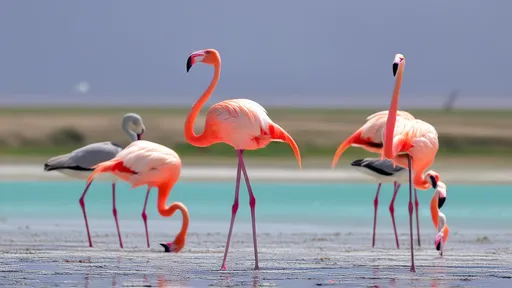
By /Jun 10, 2025
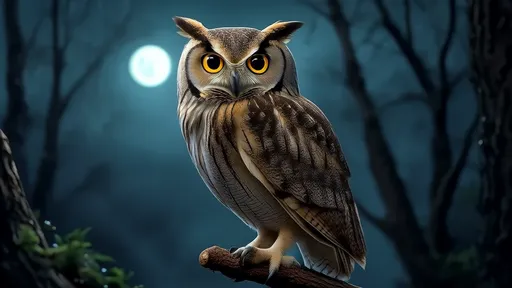
By /Jun 10, 2025
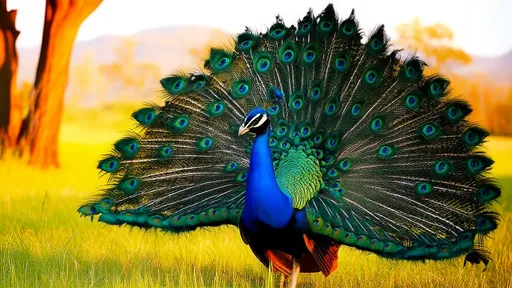
By /Jun 10, 2025
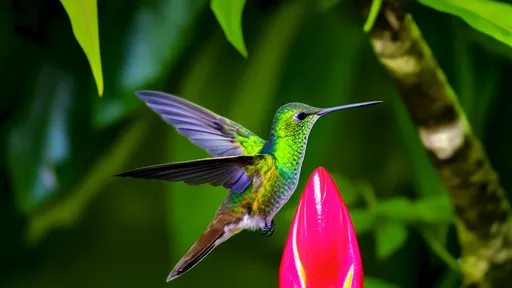
By /Jun 10, 2025
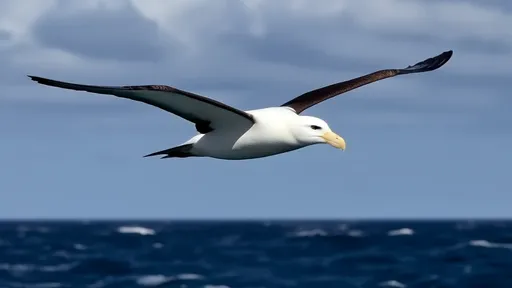
By /Jun 10, 2025
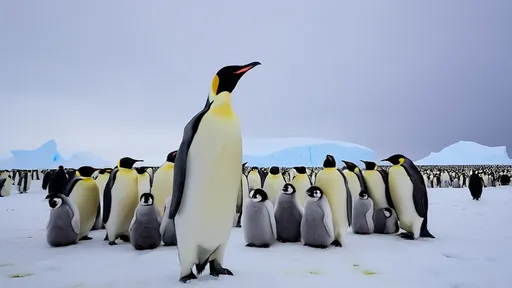
By /Jun 10, 2025
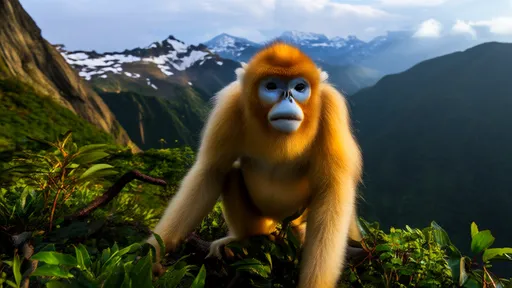
By /Jun 10, 2025
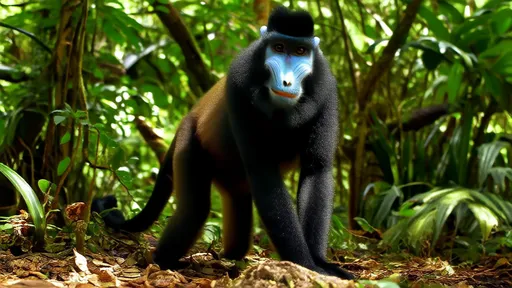
By /Jun 10, 2025
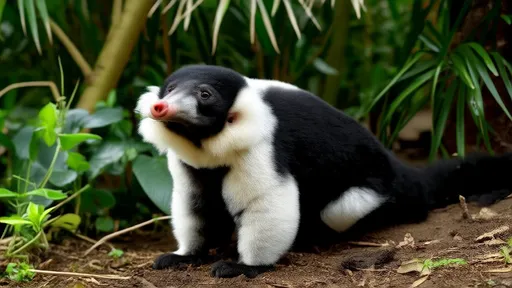
By /Jun 10, 2025
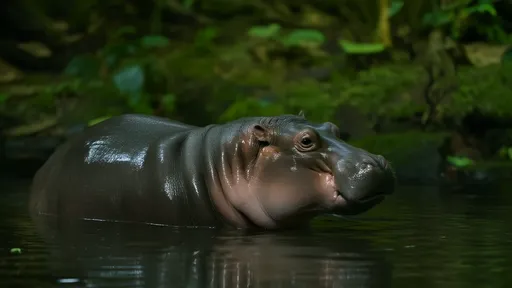
By /Jun 10, 2025